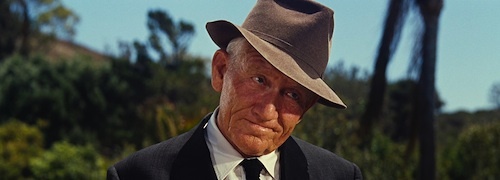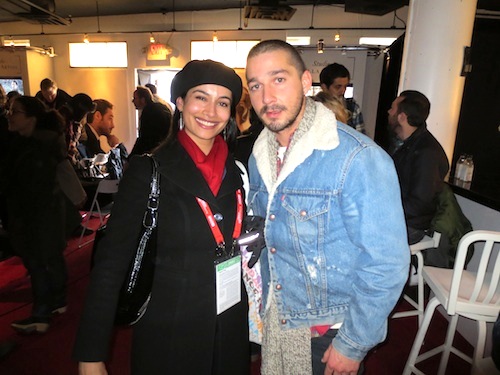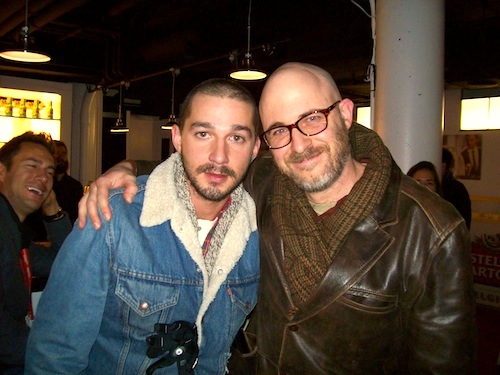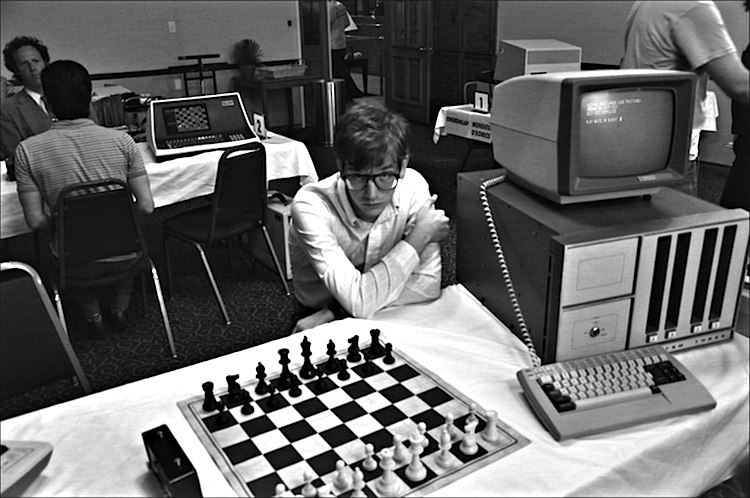By Joe Bendel. Nobody wants to draft the next Ryan Leaf or JaMarcus Russell, but they often look like sure things at the time. Of course, nobody ever understood the Knicks’ Frédéric Weis debacle, especially when Artest was still available. Granted, that is a basketball digression, from 1999, but the point is we still are not ready to forgive and forget. The stakes are consequently high for Cleveland’s GM when he makes a costly trade for the number one pick. He had better choose wisely, but the clock is ticking throughout Ivan Reitman’s Draft Day, which opens today pretty much everywhere.
Sonny Weaver basically has one season left to turn things around. He largely inherited the current team, but he did little to endear himself to fans when he fired their legendary head coach, who also happened to be his father, now deceased. With the owner pressuring him to make a big move, he reluctantly agrees to a deal, trading away their next three years of first round drafts for the upcoming number one pick. (Ironically, it is your 2014 Super Bowl champion Seattle Seahawks who have that coveted #1 spot.)
Weaver quickly develops buyer’s remorse, but the trade is done. Everyone assumes he will opt for the presumptive number pick, Bo Callahan, the Heisman winning quarterback from Wisconsin. His owner is delighted with the prospects of a marquee player like Callahan, but Weaver cannot shake the Leafy vibe he gets from him. Further complicating matters, Weaver’s front office colleague and not so secret lover has just informed him she is pregnant.
You really have to hand it to Kevin Costner. After some pretty lean years, he has clawed his way back to leading man status in major Hollywood releases. Going back to the sports well obviously makes sense in theory and it works ably enough again in practice. Since it is all about wheeling and dealing, Draft Day is bound to be compared to Moneyball and not unfairly so. The truth is there is something oddly cinematic about watching the respective GMs’ hard bargaining, firing off lines like: “that offer already expired, it’s a different world than it was thirty seconds ago.”
Frankly, the only sports action we see are the teams’ research tapes and there are no surprises there, because Weaver will explicitly tell them to show the footage of Callahan getting sacked. Still, there is something very sporting about Draft Day’s persistent faith in next season.

Without question, Costner is the film’s lynchpin and he still has what it takes. He convincingly gives Weaver darker shades than his Bull Durham, Field of Dreams, and Tin Cup characters, but he remains undeniably charismatic. While they do not burn down the joint with their passion, he and Jennifer Garner develop some relatively likable and believable romantic chemistry together. Denis Leary and Frank Langella both do their shtick as the Browns’ head coach and owner, respectively, but it is the latter veteran thesp who really gives the film some sly zip. Football fanatics will also dig the scores of real life NFL cameos, mostly notably including Jim Brown (as far as old school cineastes are concerned).
Reitman keeps it all moving along briskly, capitalizing on the draft’s constantly ticking clock. While it ends up somewhere not wholly unexpected, getting there is a surprisingly satisfying trip. A well conceived and nicely executed comeback star vehicle, Draft Day is easily recommended for fans of football or Costner rom-dramedies. It opens today (4/11) across the country, including the AMC Loews Lincoln Square in New York.
LFM GRADE: B
Posted on April 11th, 2014 at 9:21pm.









